Mainstreaming East Kalimantan RAD-GRK
Balikpapan, 11/11/13. The East Kalimantan Provincial Government has commented on reducing greenhouse gas emissions by 15.6% a year 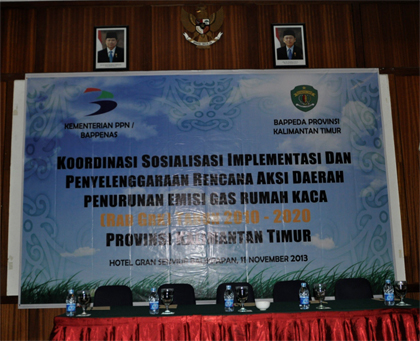 2020. Programs and activities through RAD GRK (Regional Action Plan for Reducing Greenhouse Gas Emissions) started in 2010 and the target to be achieved in 2020 is 15.6% emissions reduction sources and scenarios are calculated in various sectors such as the land-based sector (forestry, mining, plantations, agriculture and livestock), the energy, transportation and industrial sectors, as well as the waste management sector.
2020. Programs and activities through RAD GRK (Regional Action Plan for Reducing Greenhouse Gas Emissions) started in 2010 and the target to be achieved in 2020 is 15.6% emissions reduction sources and scenarios are calculated in various sectors such as the land-based sector (forestry, mining, plantations, agriculture and livestock), the energy, transportation and industrial sectors, as well as the waste management sector.
The achievements of the East Kalimantan Provincial Government are included in East Kalimantan Governor Regulation Number 54 of 2012 concerning Regional Action Plans for Reducing Greenhouse Gas Emissions, identifying and calculating emission sources and determining emission reduction scenarios that may be achieved by East Kalimantan in 2020 by 15.6%.
This will be revealed at the Coordination meeting for the Socialization of Implementation and Implementation of the Regional Action Plan for Reducing Greenhouse Gas Emissions (RAD GRK) which will be held today, Monday 11 November 2013 in the meeting room of the Gran Senyiur Hotel, Jl. ARS Mohammad Number 7, Balikpapan City, East Kalimantan 76112, Indonesia, and will be attended by approximately one hundred participants and invitees from the Ministry of National Development Planning / Bappenas, SKPD within the East Kalimantan Provincial Government and Districts / Cities throughout East Kalimantan.
Meanwhile, the Government of the Republic of Indonesia is committed to reducing greenhouse gas emissions by 26% with its own efforts to 41% with assistance from other countries. These efforts were strengthened by the publication of various strategies and policy tools at the national level, such as Presidential Decree No. 61 of 2011 concerning the National Action Plan for Reducing Greenhouse Gas Emissions, Presidential Decree No. 62 of 2011 concerning the Implementation of National Greenhouse Gas Inventories, Presidential Decree No. 62 of 2013 concerning Management Bodies for Reducing Greenhouse Gas Emissions from Deforestation and Degradation of Forests and Peatlands, as well as Presidential Instruction No. 10 of 2011 concerning postponement granting new permits and improving governance of primary natural forests and peatlands (for 2 years) and renewed with Presidential Instruction number 6 of 2013.
The implementation of various program and activity efforts as well as strategies to reduce greenhouse gas emissions through regulations and policies that have been issued at both the national and provincial levels need to be reviewed, whether there are obstacles and constraints in their implementation and how to overcome them. So an information exchange mechanism is needed for all of these things. The East Kalimantan Provincial Government together with Bappenas plans to evaluate the implementation of the regional action plan to reduce greenhouse gas emissions to ascertain how far it has been implemented and what obstacles, if any, exist.
The objectives of mainstreaming RAD GRK include:
1. Knowing the extent of mainstreaming RAD GRK (Regional Action Plan for Reducing Greenhouse Gas Emissions) in the regional development planning system at the Provincial, Regency/City and SKPD levels;
2. Conveying the efforts being made by the Provincial and Regency Governments in East Kalimantan to mainstream the emission reduction agenda into regional development planning in East Kalimantan;
3. Map constraints and seek solutions to problems and determine follow-up actions/future needs related to mainstreaming emission reduction in development planning at the provincial and district levels as well as SKPD;
4. Map constraints and seek solutions to problems and determine follow-up actions/future needs related to implementation and evaluation mechanisms for emission reduction in development planning at the provincial and district levels as well as SKPD;
Expected Results of Mainstreaming RAD GRK include:
1. There is a similarity in perception regarding the implementation of RAD GRK by regional planning institutions and technical SKPD at the provincial, district and city levels;
2. Understanding the importance of mainstreaming the emission reduction agenda in the development planning process so that it can be implemented well and measurably by sectoral institutions;
3. Availability of input for revision of RAD GRK emissions baseline for East Kalimantan Province. (Public Relations of the East Kalimantan Bappeda/Sukandar, S.Sos).

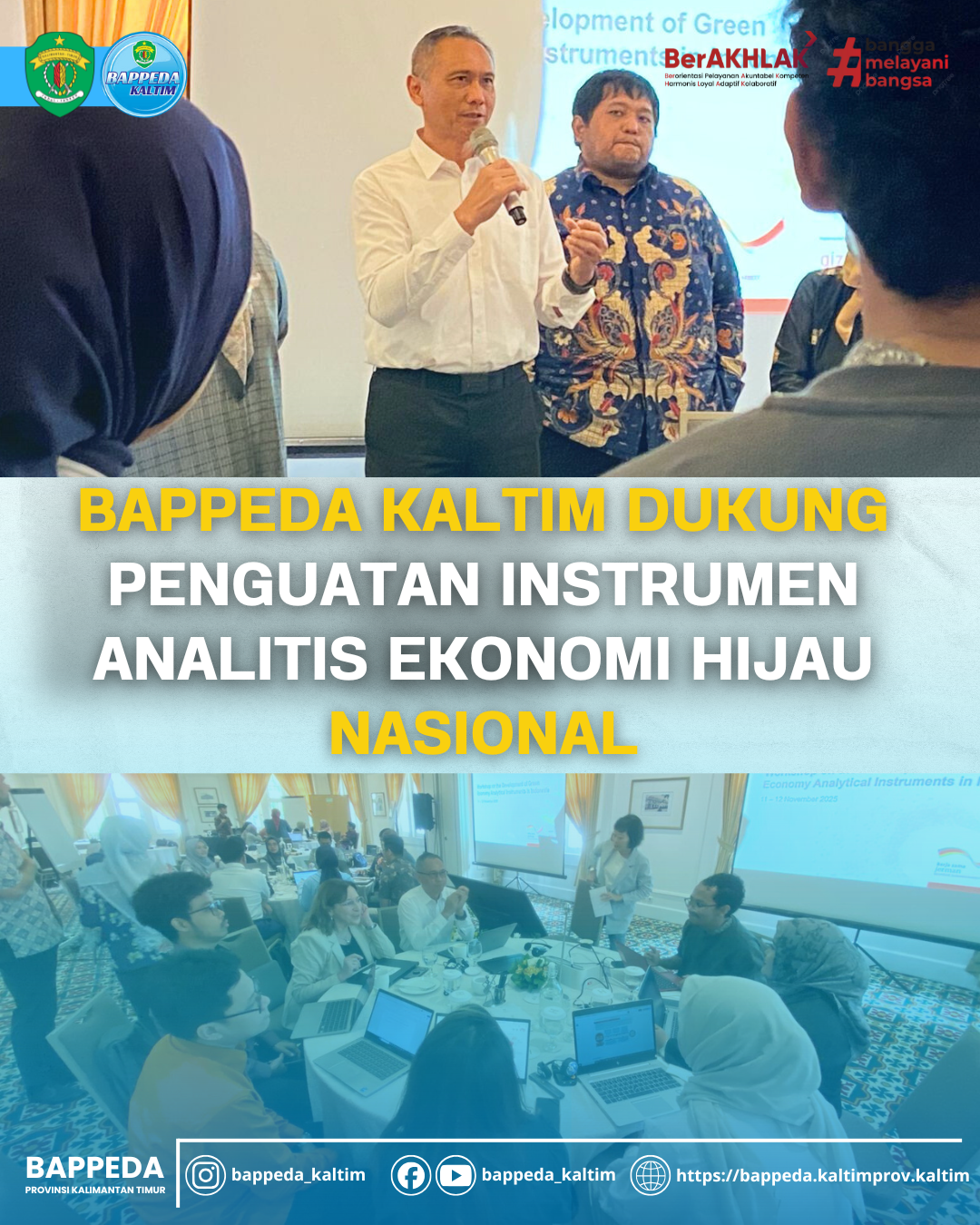
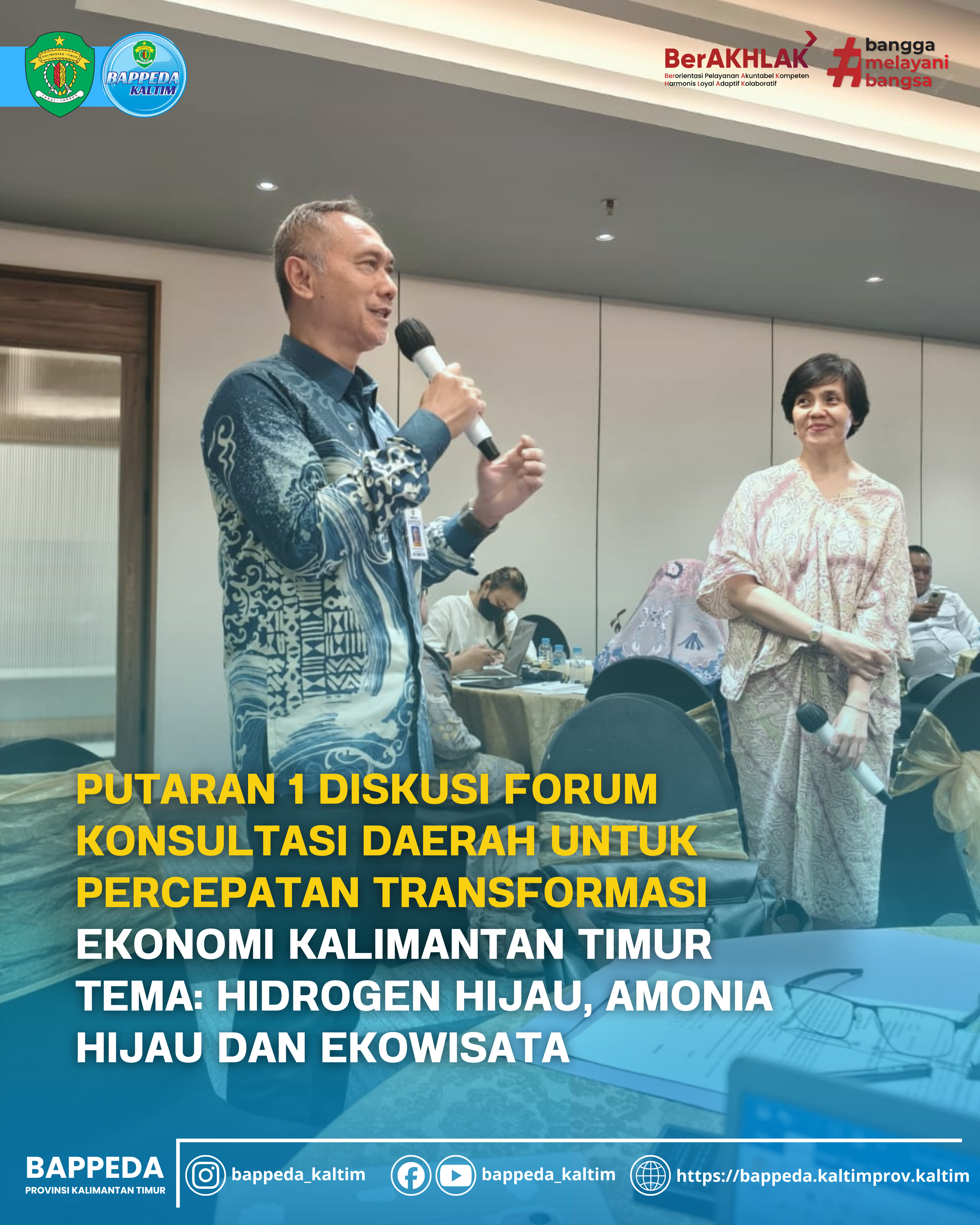
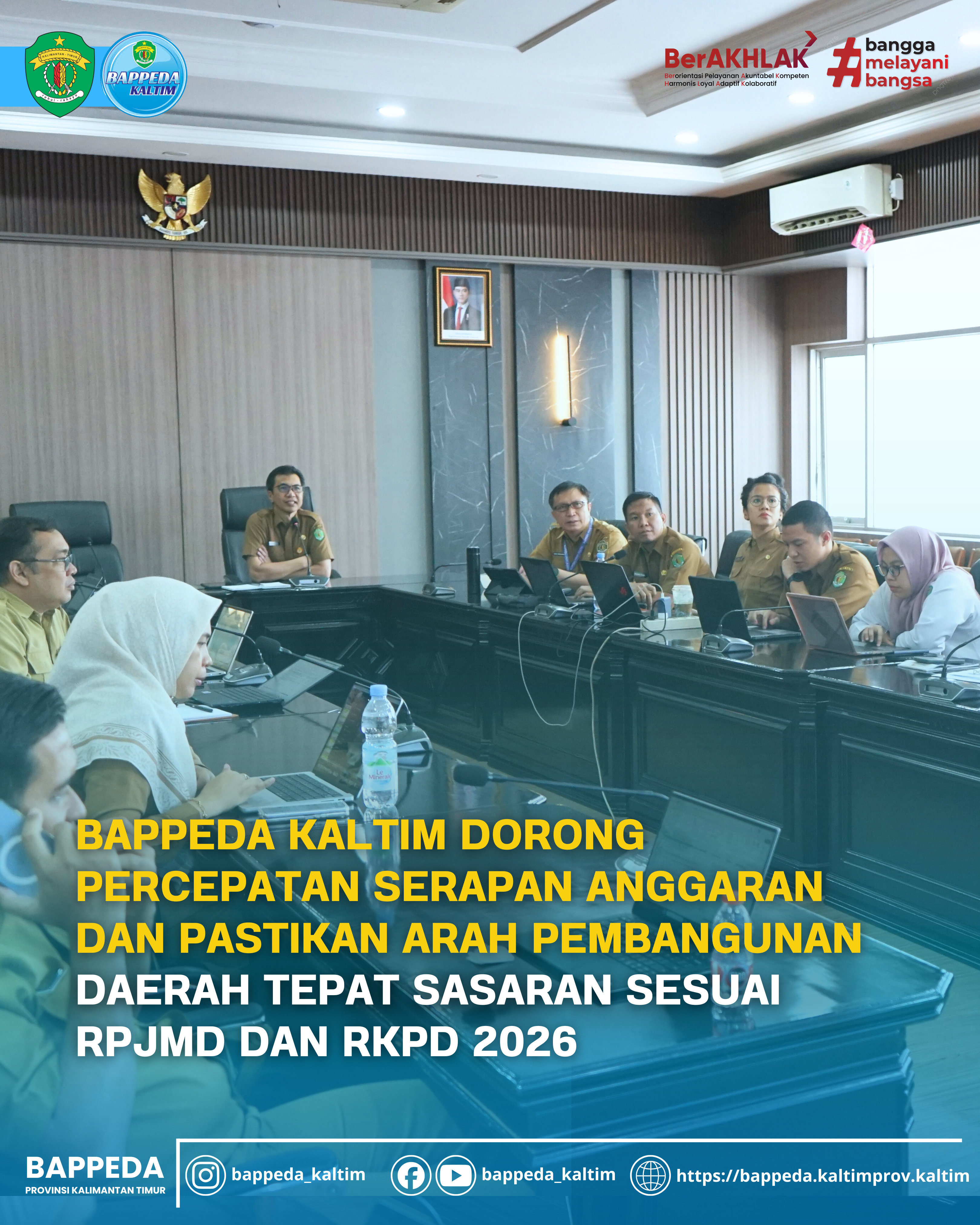
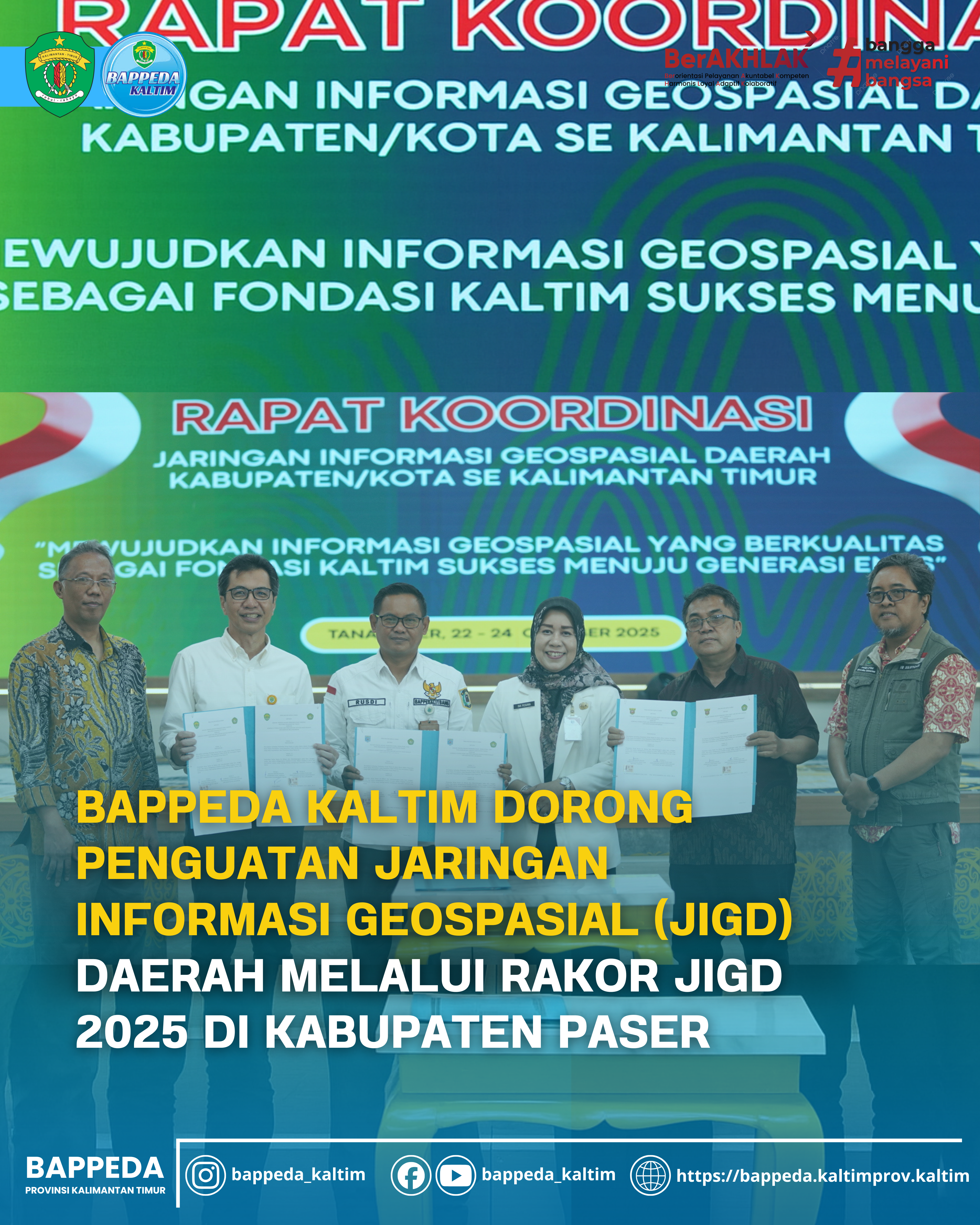

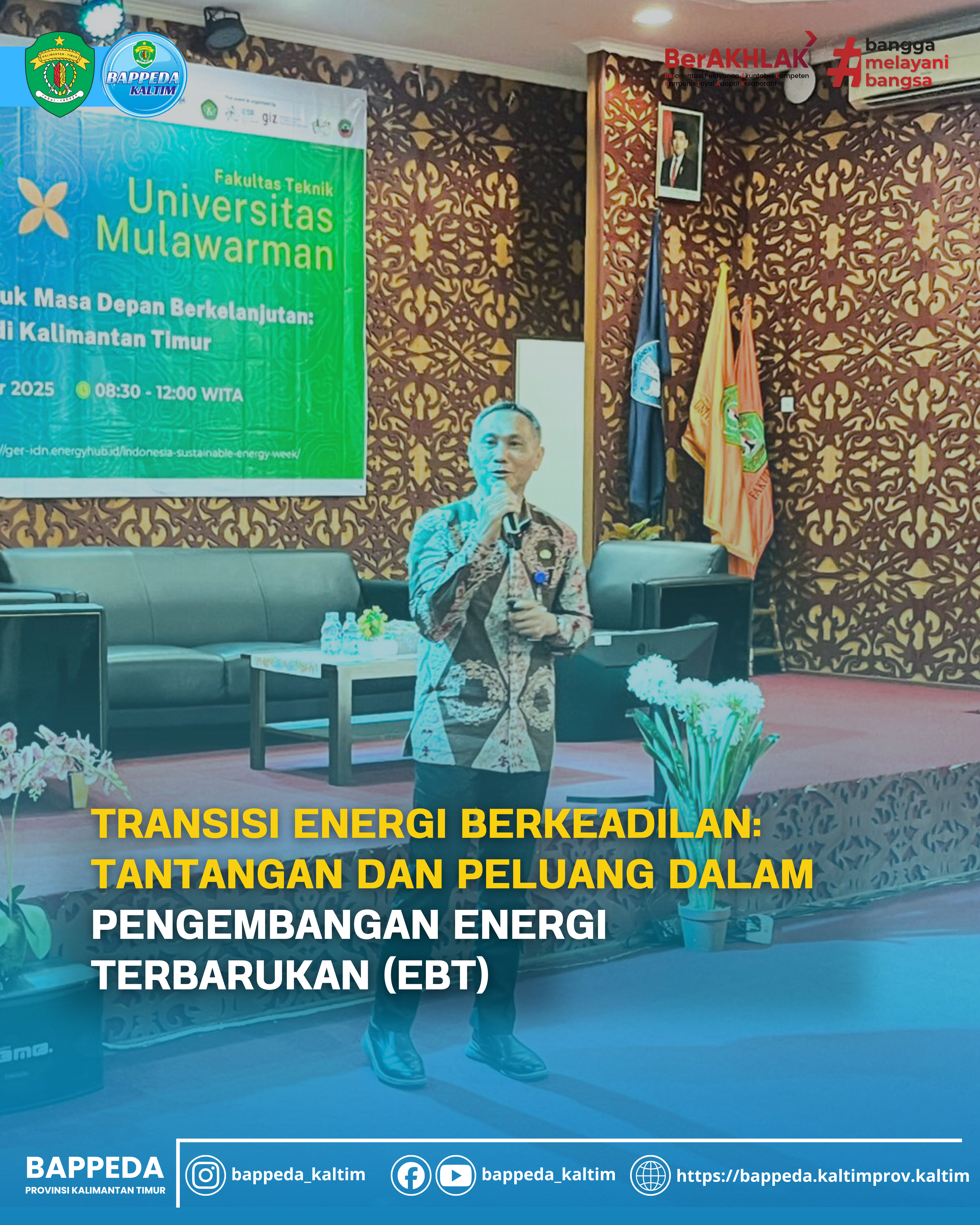
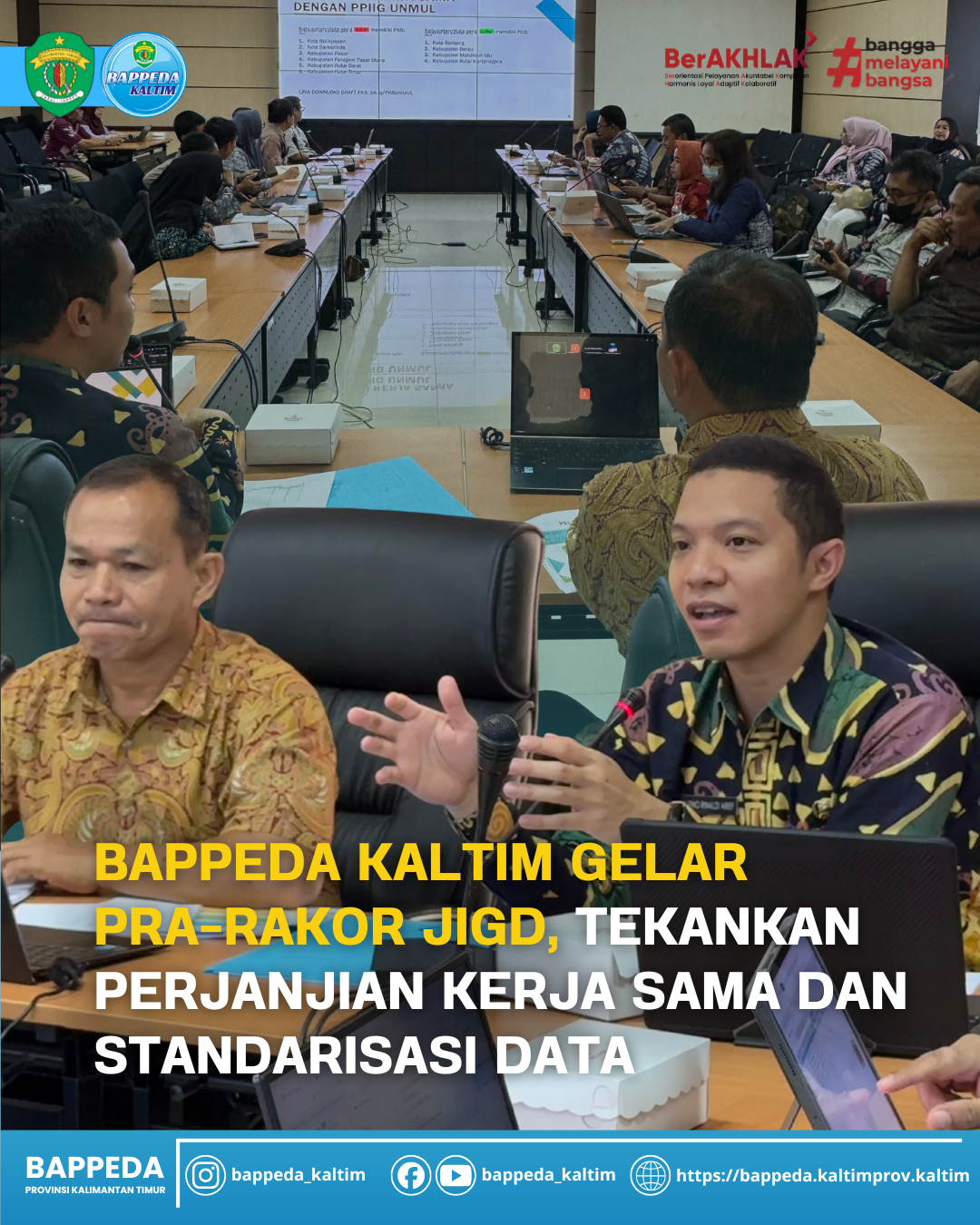
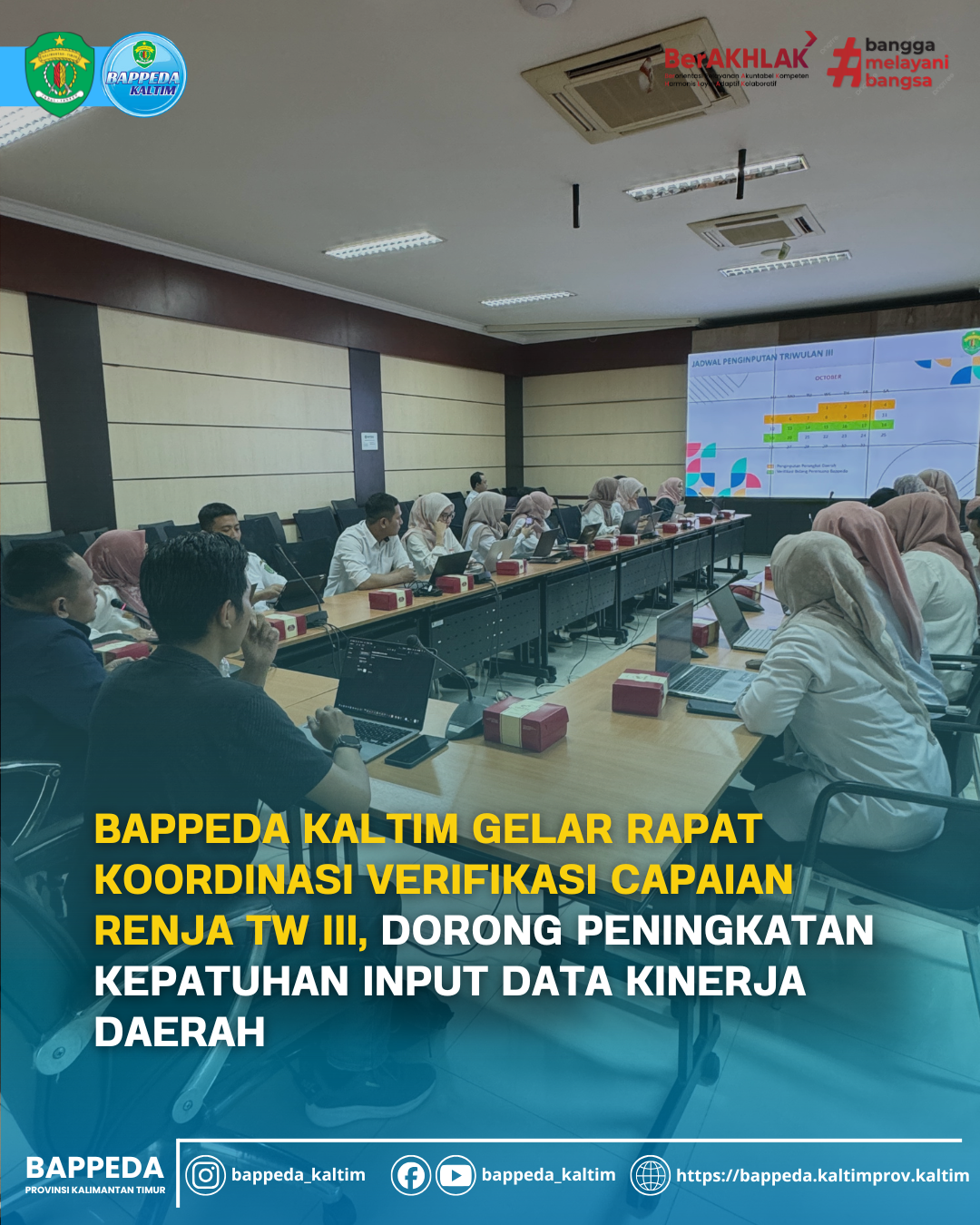
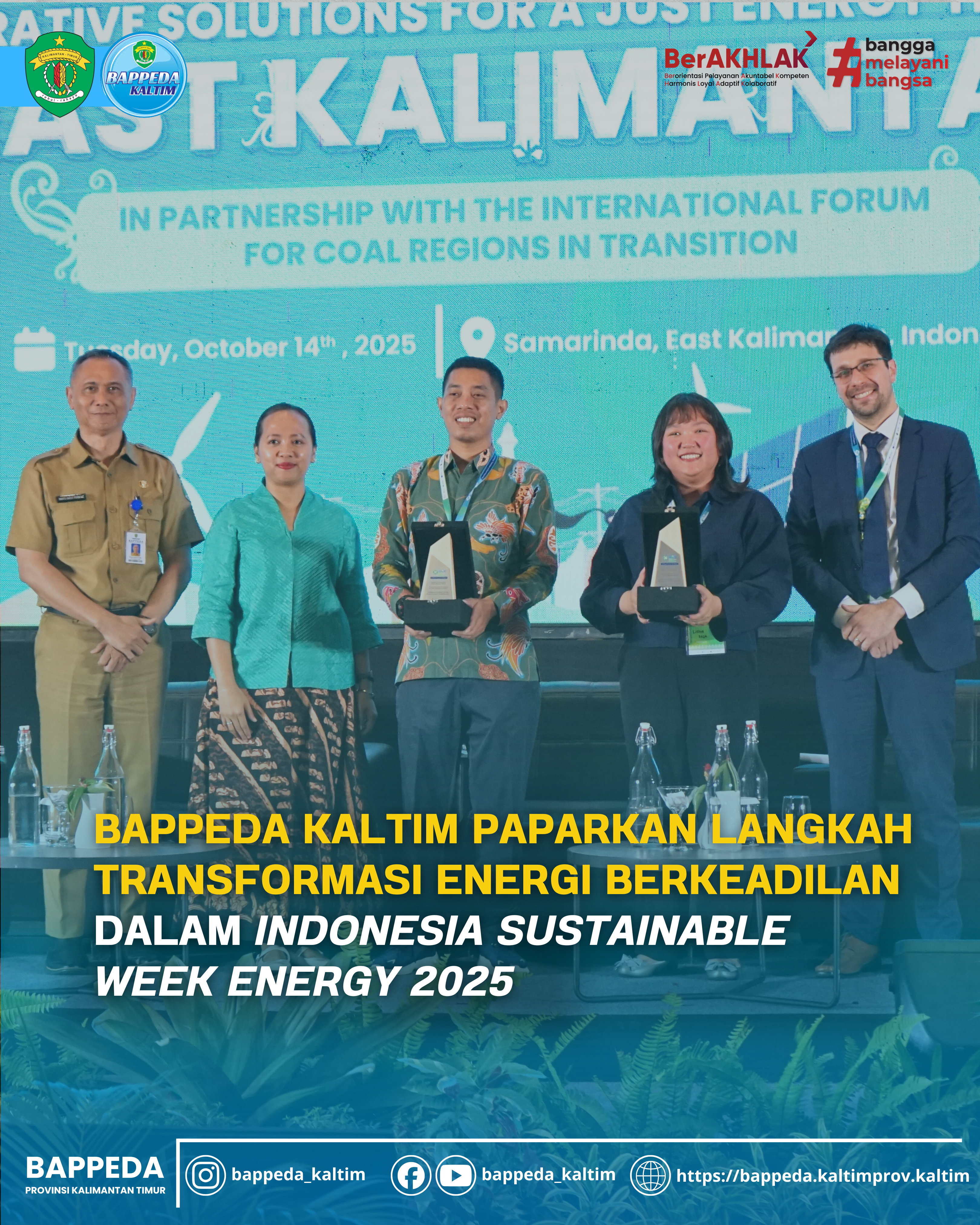

 2020. Programs and activities through RAD GRK (Regional Action Plan for Reducing Greenhouse Gas Emissions) started in 2010 and the target to be achieved in 2020 is 15.6% emissions reduction sources and scenarios are calculated in various sectors such as the land-based sector (forestry, mining, plantations, agriculture and livestock), the energy, transportation and industrial sectors, as well as the waste management sector.
2020. Programs and activities through RAD GRK (Regional Action Plan for Reducing Greenhouse Gas Emissions) started in 2010 and the target to be achieved in 2020 is 15.6% emissions reduction sources and scenarios are calculated in various sectors such as the land-based sector (forestry, mining, plantations, agriculture and livestock), the energy, transportation and industrial sectors, as well as the waste management sector.